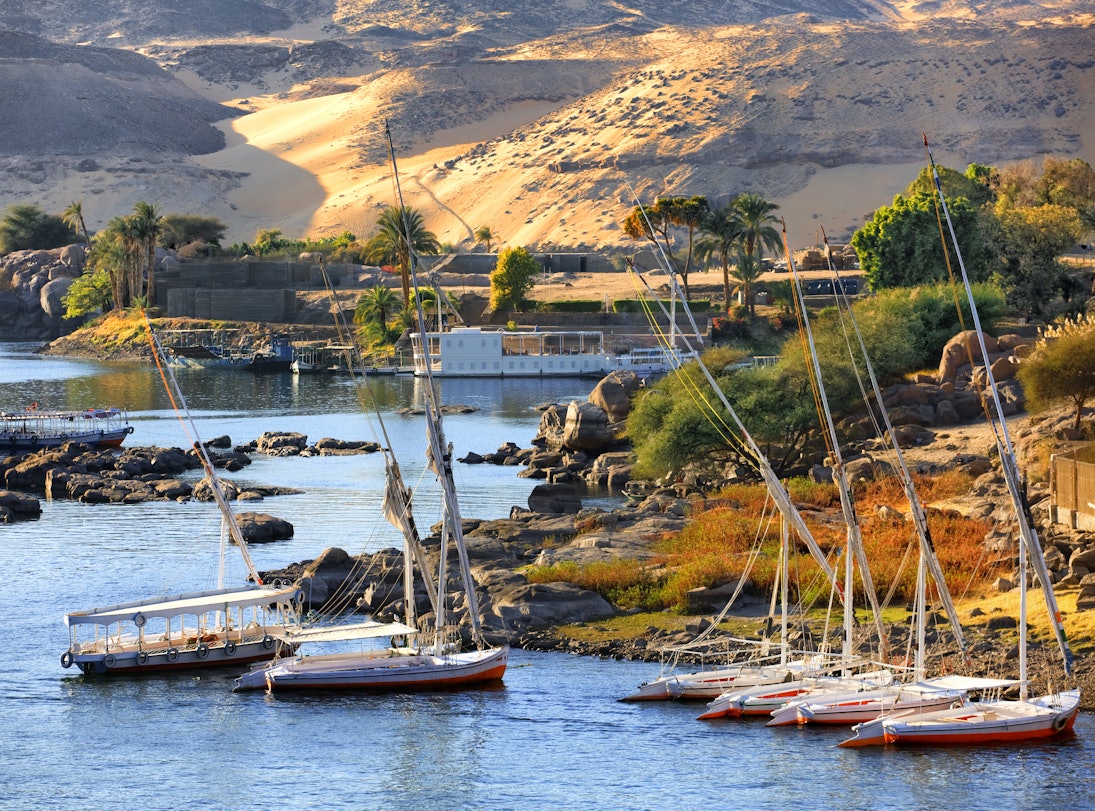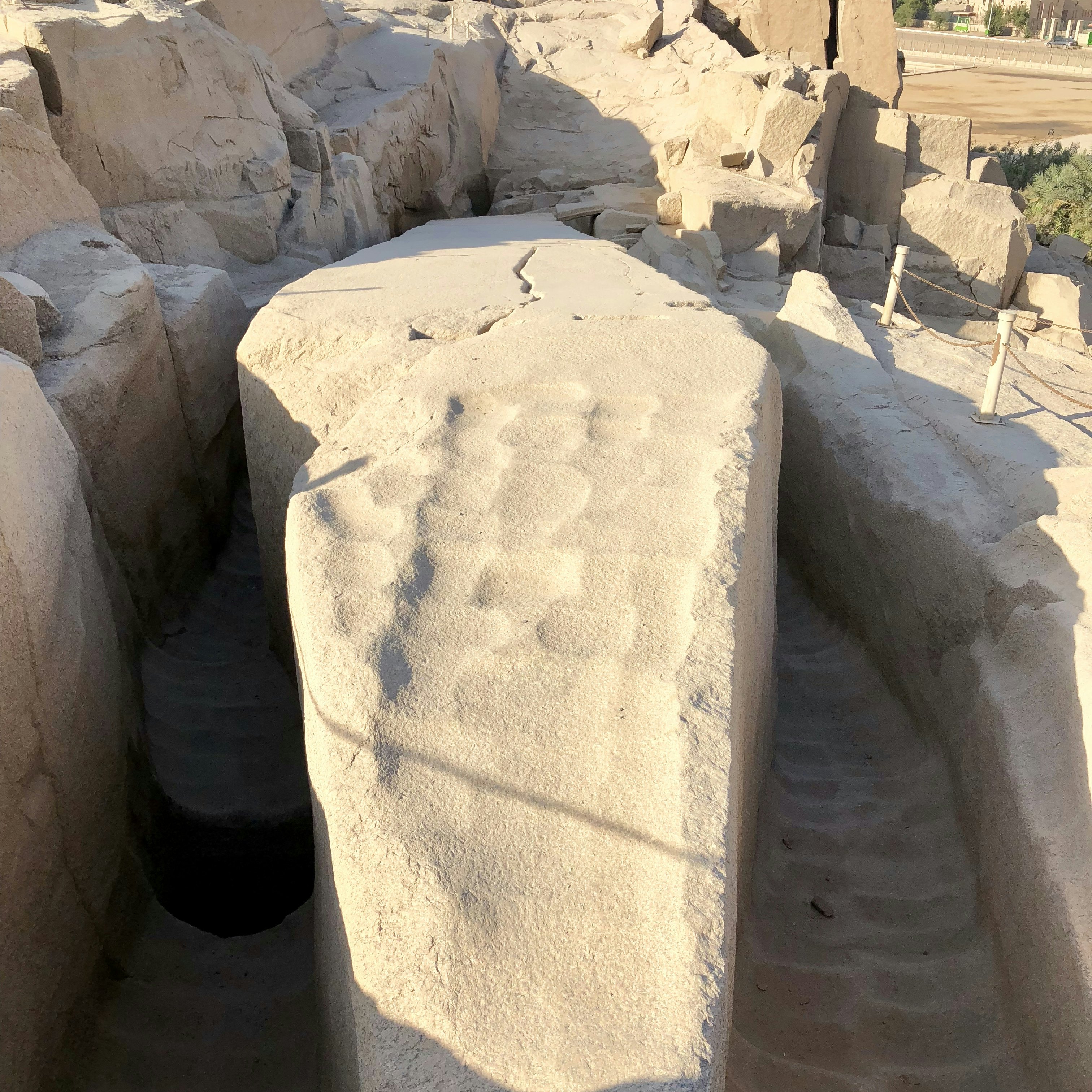
Overview
On the northern end of the First Cataract, marking ancient Egypt's southern frontier, Aswan has always been of great strategic importance. In ancient times it was a garrison town for the military campaigns against Nubia; its quarries provided the granite used for so many sculptures and obelisks.
Plan your trip with Guide, an AI travel planner!
Create a personalized trip itinerary in seconds using artificial intelligence.
Must-see attractions
Get a book. Get inspired. Get exploring.
in partnership with getyourguide















